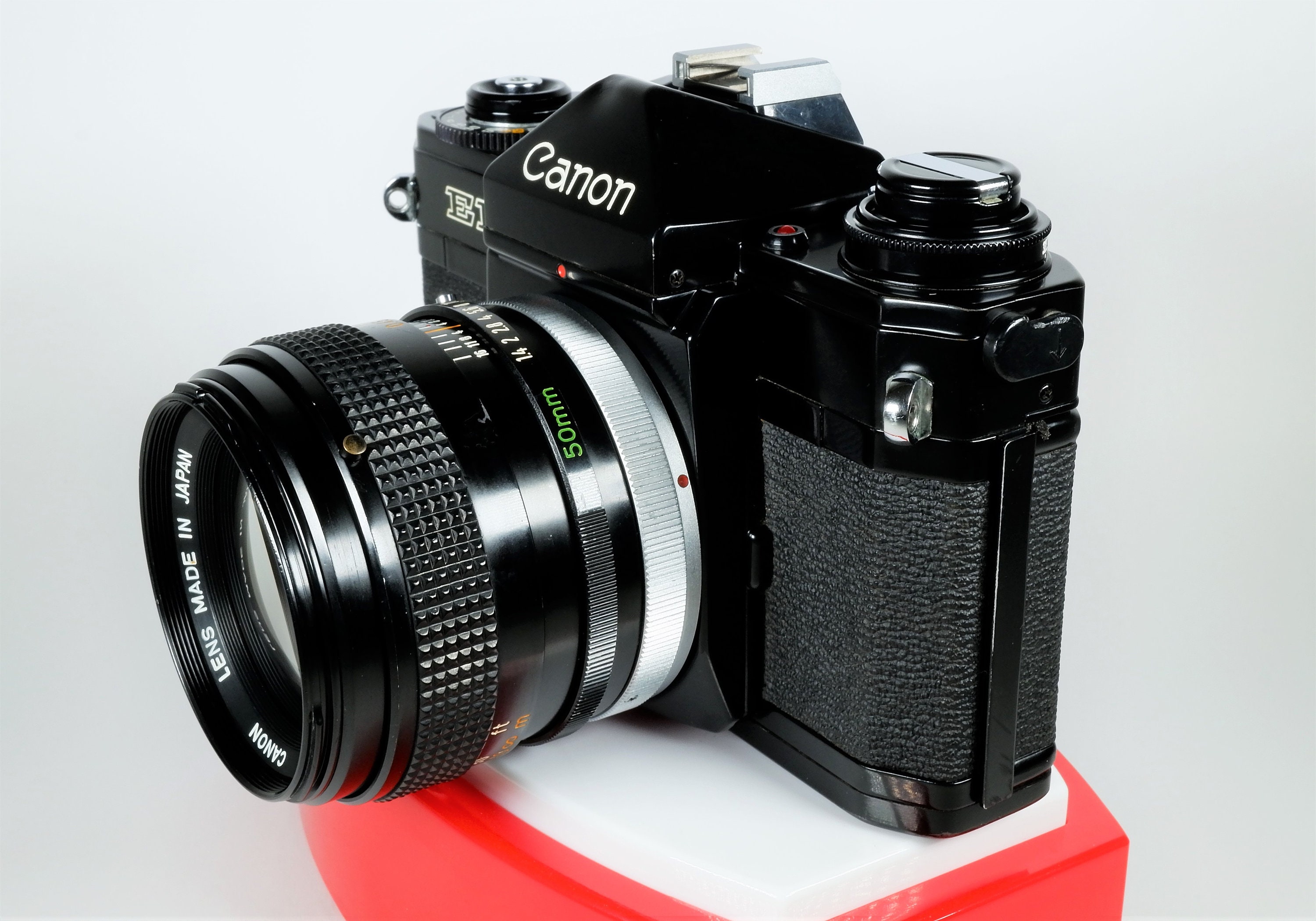
The sim shows that an aspheric lens with a hyperbolic profile could perform a lot better than a spherical lens. Even f/3 turns out to be too large an aperture for my lens, though I’m glad to have the option to make more complex lenses in the future. A decent image can be resolved provided that the aperture is appropriately small.Ī single spherical lens can’t focus off-axis light well, so I limit it with a 16mm, or f/3.125 aperture. I simulated my lenses in Optical Ray Tracer to find out if a single spherical objective lens could ever be capable of resolving an image at low R values. If this happens the process needs to be restarted. Also a clean dish is needed for every grit level to avoid grinding deep scratches into the lens when working at lower grits.

Running the polishing machine for a few minutes smoothed out a lot of smaller scratches, but without a significantly coarser grit compound it had a hard time grinding down the larger grooves in the lens. The lens and dish spinning at different speeds trace a chaotic pattern that approximates randomness. The lens itself spins against the inside of the dish, joined to a motor by a spring-loaded kinematic linkage that allows the lens to move laterally and “float” against the surface of the dish without losing contact. It has an off-axis rotation (spun by a power drill) to make sure the center of the lens gets the same polish as the edges. The dish is a spherical section with the same radius as the lens. I prototyped a machine that would do this for me, hopefully removing an even amount of material from the lens in a way that wasn’t possible by hand. I decided to try a process similar to what’s used in commercial lens making, where a lens is ground against a spherical form (concave or convex) with an abrasive slurry between the two. Surface reflections were still blurry, which is a sign that a surface still has microscopic grooves that scatter light. The result was mixed- the lenses looked transparent, but weren’t optically sharp. I tried to sand as uniformly as possible to avoid unevenly grinding flat regions into the lens. This process took about 5-6 hours per lens and a lot of elbow grease. I started by hand at 400 grit and went up to 12000 grit by increments of 200 and a set of micro-mesh polishing pads. Unlike acrylic, clear resin can’t be flame polished, or acetone vapor polished like ABS plastic. However, prints come off the machine translucent and frosted- even at the highest print resolution of 25 microns per layer. A stereolithography printer can make a lens because the parts can be solid, hard, uniform, and clear. The surface smoothness of a lens needs be exceptionally high for light to focus across an imaging plane. A lens is the most important part of a camera, it’s the largest factor in the quality of the image. The LensĬreating a lens with a 3D printer is a challenge – your typical FDM printer won’t cut it here. The access door locks with a button to pop it open.

There are two shutter buttons that toggle with each shutter press and can be pressed flat for a long exposure. Six revolutions of the indicator is a roll of 24 shots.įinally, an adjustable aperture sits behind the lens mount.įilm is loaded via a door in the back of the camera. The sprocket is geared to an indicator that shows you when you’re at the next frame. Most resin parts have high friction and need to be well lubricated, or they will quickly wear down.įilm is drawn through the camera by a sprocket rod, and then loosely gathered by a secondary takeup spool. 25mm clearances to move smoothly in kinetic assemblies.

I found that parts printed on the Form 2 need to be designed with ☐.075mm tolerances to reliably fit together, and. Resin parts need to be designed to the right scale to balance friction, mass, and durability. The resins have different material properties, varying in strength and flexibility. I work on a Form 2 SLA printer, which draws parts out of laser cured resin.
#FILM CAMERA 35MM PORTABLE#
35mm film defines a camera as a handheld portable – and a lens from a 35mm camera can be used on a full-frame digital camera, as well as smaller sensors such as the Olympus Micro 4/3 (with some crop). The choice of a film size informs many aspects of a camera’s design and function. It’s also the only film size that’s still relatively easy to get developed at a reasonable price. Exploded 3DP Camera by amosdudley on Sketchfabģ5mm is the most common film standard, and the natural choice for the SLO.


 0 kommentar(er)
0 kommentar(er)
